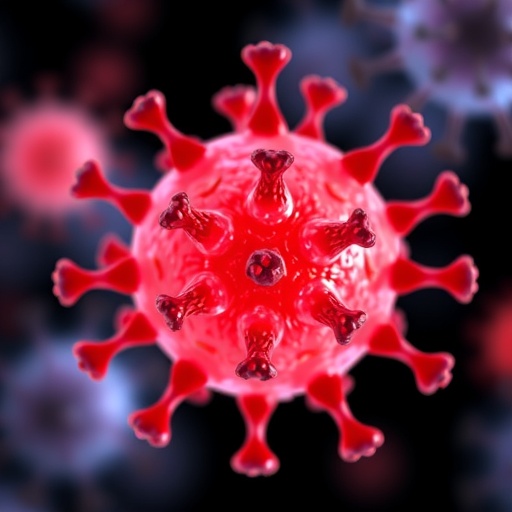Researchers have long known that collaboration and help seeking are keys to boosting productivity and producing better work. But few tools currently exist to facilitate these behaviors in effective ways.
Northwestern Engineering's Elizabeth Gerber and Haoqi Zhang have developed a new online platform to help fill this void. Launching today, Pair Research is free and available at pair.meteorapp.com. The tool helps its users overcome productivity blocks and build teams.
"Sometimes students don't realize that they need help," said Zhang, Allen K. and Johnnie Cordell Breed Junior Professor of Design and assistant professor of electrical engineering and computer science in Northwestern's McCormick School of Engineering. "And when they realize they do need help, they don't know where to find it. We wanted to develop a way for our students to better support each other."
Pair Research simplifies the process of asking and receiving help. After visiting the online platform, a user types in a request for help and how much time is needed to accomplish the task. The user might need someone to, for example, proofread a paper, test computer code, or motivate them to stop procrastinating. Other users then respond to the request, rating their ability to help with the task on a scale of one to five. A matching algorithm then recommends the most optimal pairings for collaboration, informal learning, and productivity.
"It makes use of expertise in the most effective way possible," Zhang said. "Pairs are matched to help each other, so reciprocity is built into the system. Over time, this reciprocity builds a more supportive community."
The idea behind the Pair Research platform was formed in 2014 in Zhang and Gerber's Delta Lab, an interdisciplinary research lab and design studio that aims to improve the way people design, work, learn, play, and interact. Along with colleagues at MIT and Georgia Tech, Zhang and Gerber coined the term "pair research" to describe a new type of interaction in which students were paired up weekly to work together on each other's projects.
At the time, the prototype for managing the pair research pool was little more than a spreadsheet. The team developed it further into a fully functional online platform that can be accessed from anywhere. The tool was then tested for several months with undergraduates, graduate students, and faculty members in the Delta Lab.
"The spreadsheet was difficult to share," Zhang said. "We want research groups everywhere in any field to be able to use the tool to promote collaboration and communication."
Student and faculty members of the test group have already found value in the new tool.
"It's a great way to share expertise and learn more about what other people are working on," said Michael Horn, associate professor of computer science and education and social policy.
"We used Pair Research at our department party to make new connections among labs," said Steven Franconeri, professor of psychology in the Weinberg College of Arts and Sciences. "And I left with a new collaborator."
Not only does Pair Research help students with productivity, it also helps them collaborate with unexpected partners. The algorithm is tweaked to favor new pairings thus exposing students to different perspectives and skill sets with each match. Zhang said he has watched the culture within his lab shift to becoming more of a community or even family.
"Many students feel like they need to lead their own project," Zhang said. "Normalizing the struggle of working alone and not asking for help is detrimental to productivity and learning. I want my students to be willing to help each other. Who wouldn't want that?"
###
Media Contact
Amanda Morris
[email protected]
847-467-3335
@northwesternu
http://www.northwestern.edu
############
Story Source: Materials provided by Scienmag




